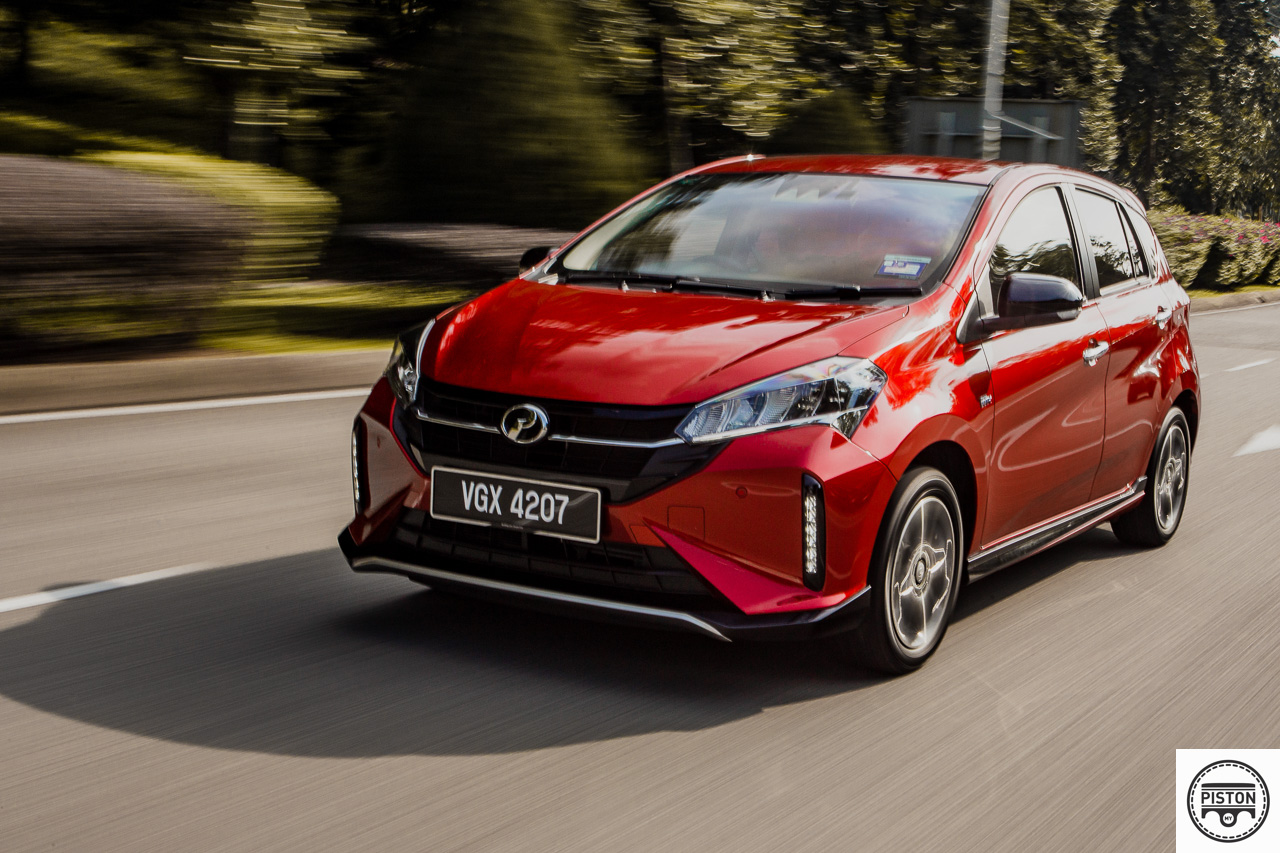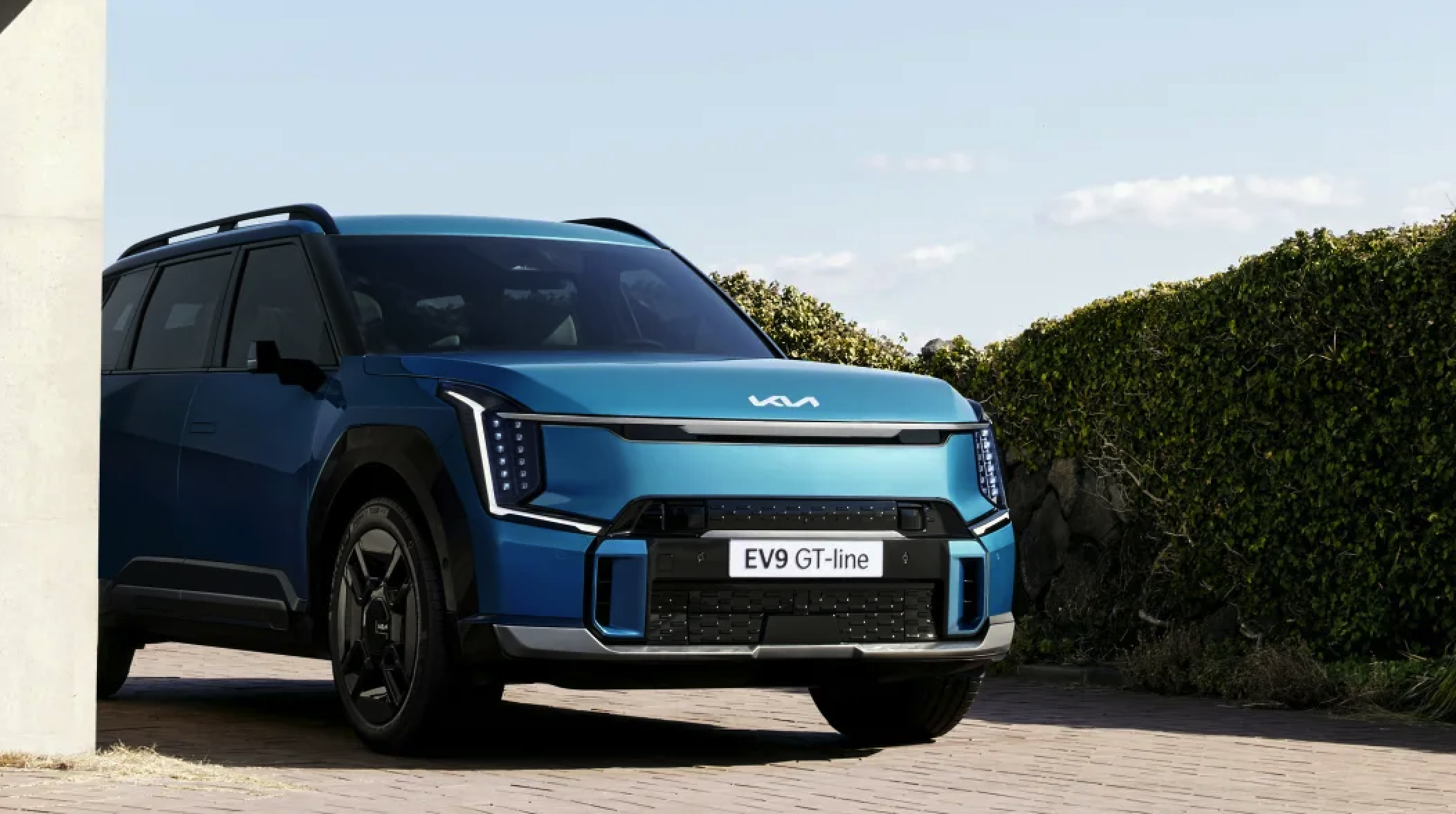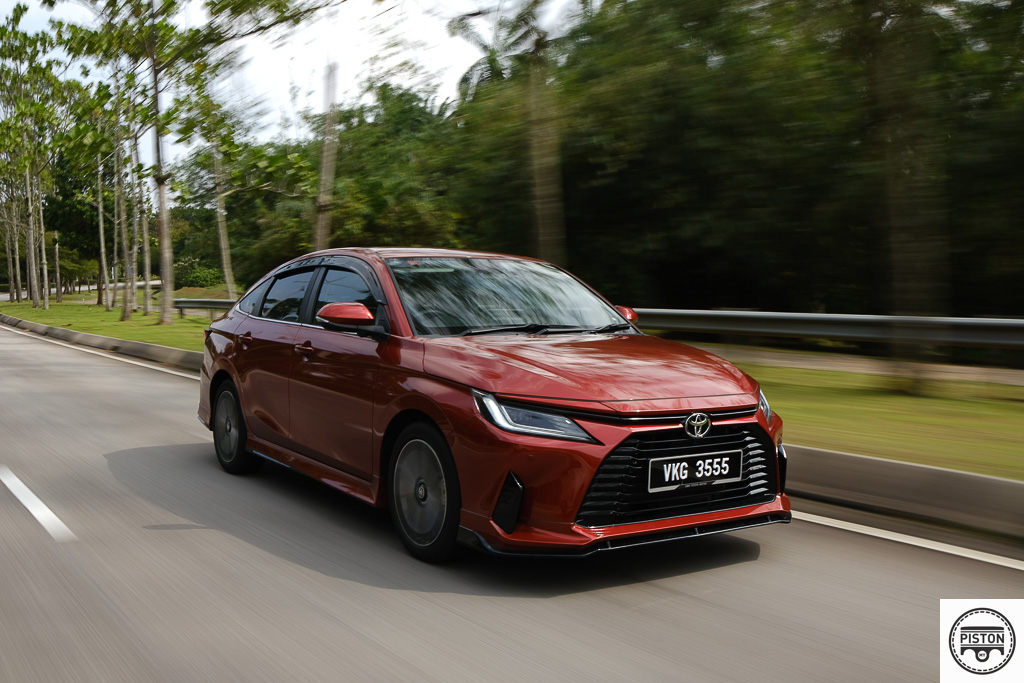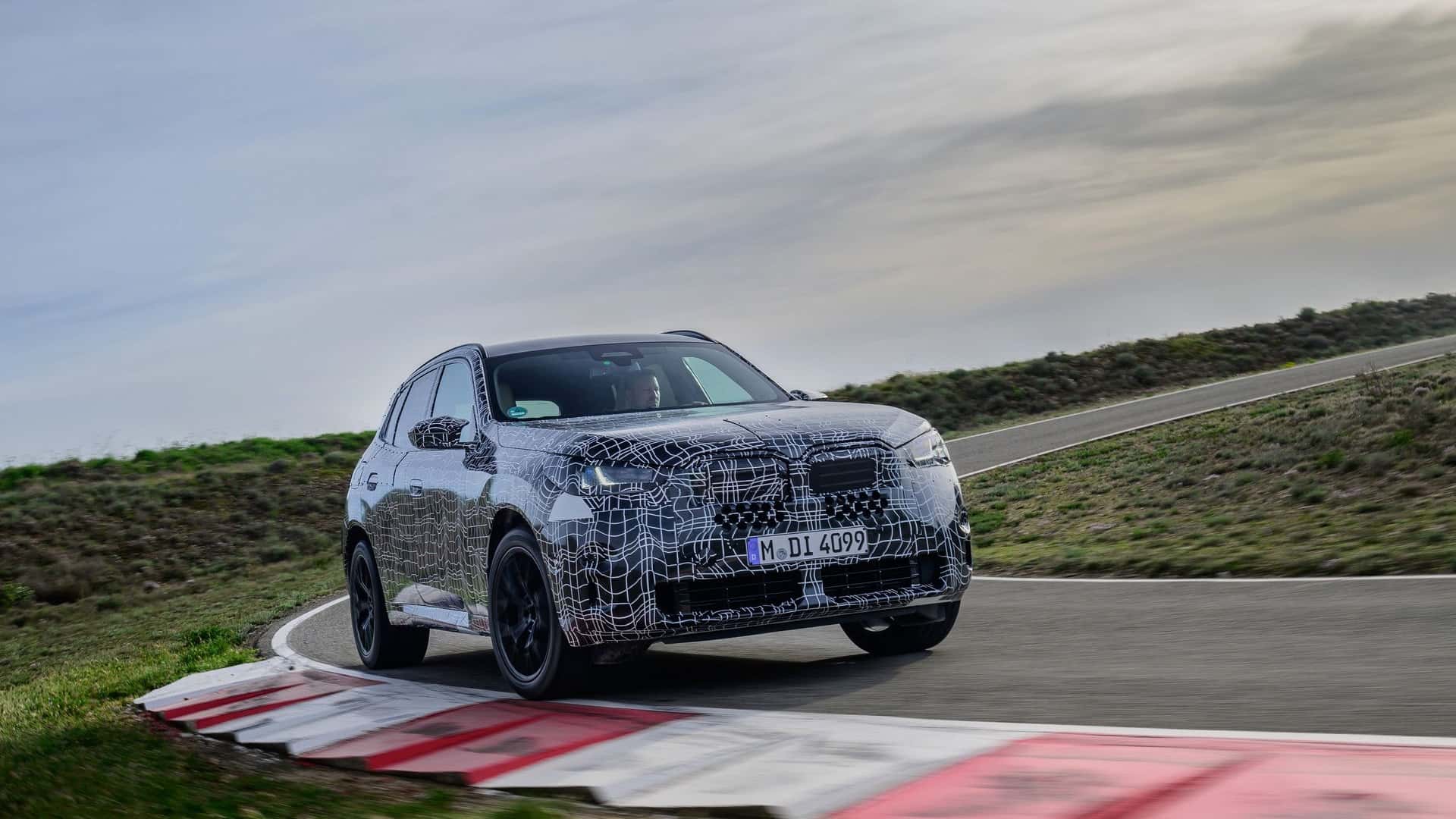It doesn’t matter how seasoned you think are at inspecting a second hand car, because when buying one, you never truly know what you are getting yourself into. While a car maybe running well as you drive it off the dealership floor, a month or two later, it could become your worst nightmare.
With a car that has been used, you never quite know the problems you are inheriting. Whether its an overheating issue, underlying rust problem or dodgy suspension, there are definitely risks involved when going down this route. And as such, here are three things that should make you question a car’s condition even further:
#1 Tampering with the digital odometer
See, most modern cars come with digital odometers. They are electronically controlled and the memory of the vehicle’s mileage is kept by the computer system even if you remove the battery. Tampering with such a system might seem harder than the effort needed with a conventional metered odometer, but it’s possible, provided that you know what to do. All you need is a laptop, special software and a cable to connect your car’s brain to the computer. In a matter of a few clicks, your mileage read out could go from 130,000km to just 85,000km – it’s that simple
#2 Shoddy patch work
Sometimes, when owners want to get rid of thier cars in a hurry, choose to do the bear minimum with regards to repairs. This is especially true with cars that have been damaged in an accident. Instead of paying for a proper repair job, minor patch work is done to address the car’s aesthetics instead of addressing the underlying structural damage to the car. That is why you should never believe the ‘accident-free’ claim that’s constantly thrown out there during a second-hand car dealer’s sales pitch. The best way to know for sure, is to take your trusted mechanic with you for a thorough inspection.
# 3 Tyre swapping fiasco
This has happened to us. Some unscrupulous dealers will swap out a vehicle’s good tyres for worn ones just before completing a sale. Its not uncommon, but it’s a trick that some dodgy dealers have used in the past to make a profit. The correct tyres are left on the car during the viewing, but are swapped just before the keys are handed to you. As such, be sure to make a note of this and ensure you get what you paid for.
Keep these three things in mind and they should help you make an informed decision on which cars are worth the money and which ones aren’t worth a second glance.











